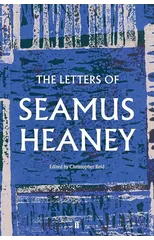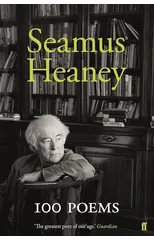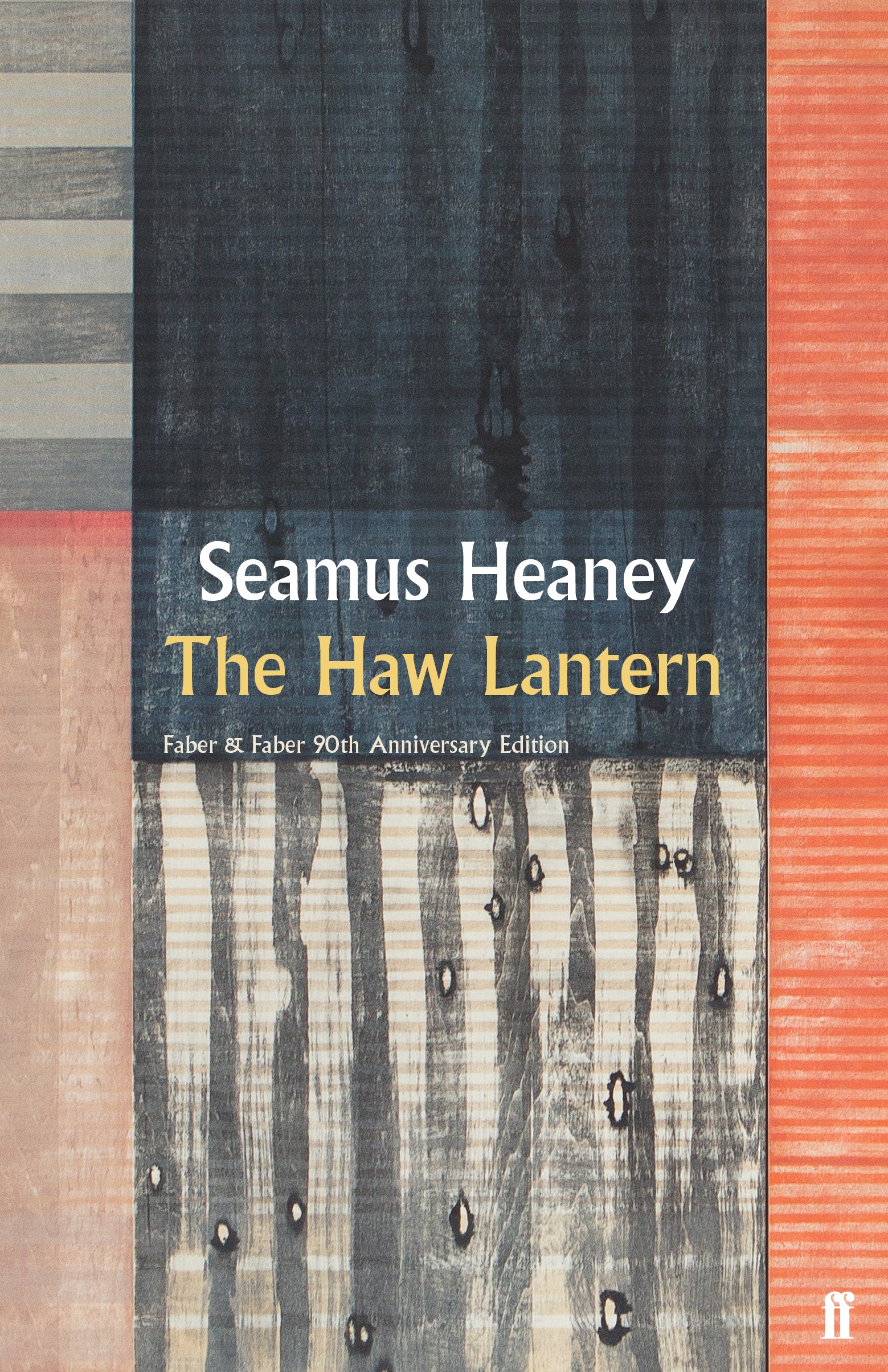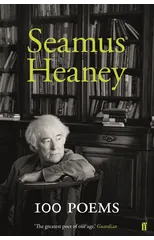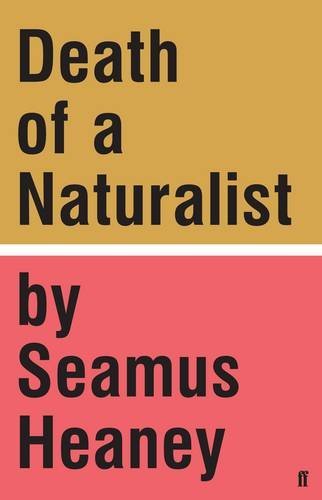Seamus Heaney's version of Sophocles's Philoctetes tells of the wounded hero marooned upon an island by the Greeks during the Siege of Troy. As the conflict comes to a climax, the Greeks begin to realise they cannot win the Trojan war without Philoctetes's invincible bow, and turn back to seek his help. The Cure at Troy dramatises the conflict between personal integrity and political expediency, and explores ways in which the victims of injustice can become as devoted to the contemplation of their wounds as the perpetrators are to the justification of their system. Responsive to the Greek playwright's understanding of the relations between public and private morality, The Cure at Troy is a sharp, fast-paced retelling of the Greek original, shot through with Heaney's own Irish speech and context. History says, Don't hope On this side of the grave. But then, once in a lifetime The longed-for tidal wave Of justice can rise up, And hope and history rhyme.
Seamus Heaney
Seamus Heaney (1939-2013) was an Irish poet, playwright, translator, and lecturer, known for his lyrical and evocative works that often explored themes of nature, history, and Irish identity. Heaney's most notable works include "Death of a Naturalist," "North," and "The Haw Lantern." His poetic style is characterized by its attention to detail, vivid imagery, and musical language.
Heaney was awarded the Nobel Prize in Literature in 1995 for his "works of lyrical beauty and ethical depth, which exalt everyday miracles and the living past." He is considered one of the greatest poets of the 20th century and has had a significant impact on contemporary poetry, particularly in the genre of Irish literature.
His most famous work is the collection "Death of a Naturalist," which explores the complexities of human experience through the lens of the natural world. Heaney's contributions to literature have left a lasting legacy, inspiring generations of poets and readers alike.

